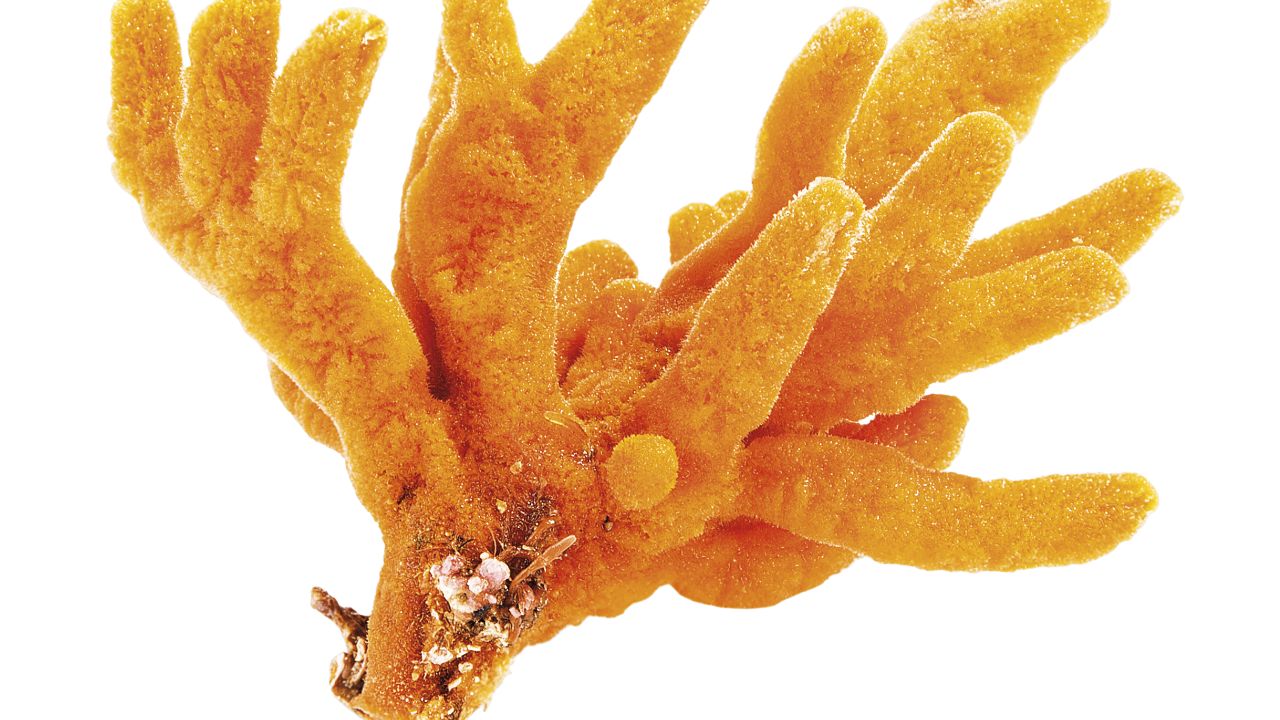Media Release ·
Opinion - Great Barrier Reef now needs our help more than ever
Prof. Ove Hoegh-Guldberg

#This opinion was first published in The Australian on 28 August 2018
Ove Hoegh-Guldberg is professor and director, Global Change Institute, University of Queensland.
Is the Great Barrier Reef worth saving? Ask any Australian, indeed anyone, and they will give you a resounding yes. Even my well-travelled friend Sir David Attenborough has declared that the reef is “one of our greatest and most splendid natural treasures”. And when Attenborough says “our”, he means all of us on Earth.
This enthusiasm is understandable. The reef is large, exquisite and biodiverse — a source of largely sustainable economic activity worth $6.4 billion each year to our economy. More than 64,000 Australians have jobs as a result.
It is part of our childhood, our psyche, and should never be sacrificed. But a dark shadow has fallen across the reef.
Mass coral bleaching events across three years have driven the loss of half the reef’s shallow water corals. This is on top of the loss of half the corals since the early 1980s, illustrating the perilous status of coral reefs globally. Given the scale of the destruction, this is an all-hands-on-deck moment.
The changes are being driven by the climate, which is the reef’s most significant threat. The Great Barrier Reef Outlook Report, produced by the Great Barrier Reef Marine Park Authority, makes that clear, as does the Reef 2050 Plan, the overarching framework for protecting and managing it developed by the commonwealth and Queensland governments. It tells us that a lack of action on climate change will see our reef disappear, along with other vital ecosystems.
The whole world must work towards achieving the Paris Agreement targets and keep warming below 1.5C above pre-industrial levels. And let’s not kid ourselves, the science tells us that this means leaving 95 per cent of known fossil fuel deposits in the ground. We can’t wriggle out of this by pretending it isn’t happening.
But while we are doing that, we must also deal with the non-climate threats which, if not constrained, also will degrade the reef. There is no silver bullet. The best available science tells us that the only way to protect and restore the reef is to match global efforts to tackle climate change with projects that reduce other threats such as water quality and the crown-of-thorns starfish.
We need everyone to work together, apolitically. The only way to achieve this effectively is through partnerships and strategic action. Time is short, the problem gargantuan.
This is where the collaboration forged by the Great Barrier Reef Foundation is important. The foundation is the lead charity dedicated to protecting and restoring the reef. It not only raises funds for reef projects, it also creates strategic partnerships and teams to work on the cross-disciplinary challenges facing our reef and, by extension, the world’s coral reefs. It gets everyone — science, business, government, universities, non-government organisations and the public — around the table.
I have volunteered my time to be a science adviser to the foundation since its inception in 2000 and have been involved in the development of highly effective solutions — a long list of projects that the foundation has attracted funding for, and has implemented, using the best science and management available.
Let’s be clear: if the foundation and its members were intent on “greenwashing” their activities through it, I would have left it 15 years ago. Rather, I have enjoyed the opportunity of debating the science of climate change with many partners including corporate Australia — and have had some success in moving the dial when it comes to their understanding and action on climate change and the delivery of solutions for the reef in general. With respect to my many friends, if you want to change the course of a very large ship, you need to get into the wheelhouse.
The foundation’s track record managing successful projects stands for itself.
The Raine Island Recovery Project is just one example where the foundation is bringing together different agencies and organisations including the Queensland government, the Marine Park Authority, traditional owner groups and scientists to deliver on one of the key projects under the Reef 2050 Plan. This is the world’s largest remaining green turtle rookery as well as an important seabird nesting site. Last nesting season alone, this work saved 220 adult female green turtles — turtles that now will lay thousands of eggs to support the future of this endangered species.
Other projects have targeted the water quality issues, or how outbreaks of crown-of-thorns starfish might be controlled locally through a partnership of research institutions, tourism and state government. Again, the foundation has brought critically important partners around the table to solve the threats and perils facing the reef. In this way, the recent record commonwealth investment for reef protection must be used to unlock the next generation of smart ideas for its benefit.
Clawing back this investment at this time would see no winners. This is critical funding at a critical time. Solutions must be grounded in strong science, technology, engineering and on-ground action, which are ultimately what will help us endow this precious environmental wonder to our future generations.
This is why I agreed to join the partnership management committee that will oversee the delivery of the grant. There is enormous and growing potential of the foundation to help us think outside the box.
Through this investment across the next six years, the entire reef community will be focused on the projects and partnerships that will spark the new scientific insights that can help protect and restore the reef. Of course it is worth saving. There is so much at stake.
Ove Hoegh-Guldberg is professor and director, Global Change Institute, University of Queensland.




